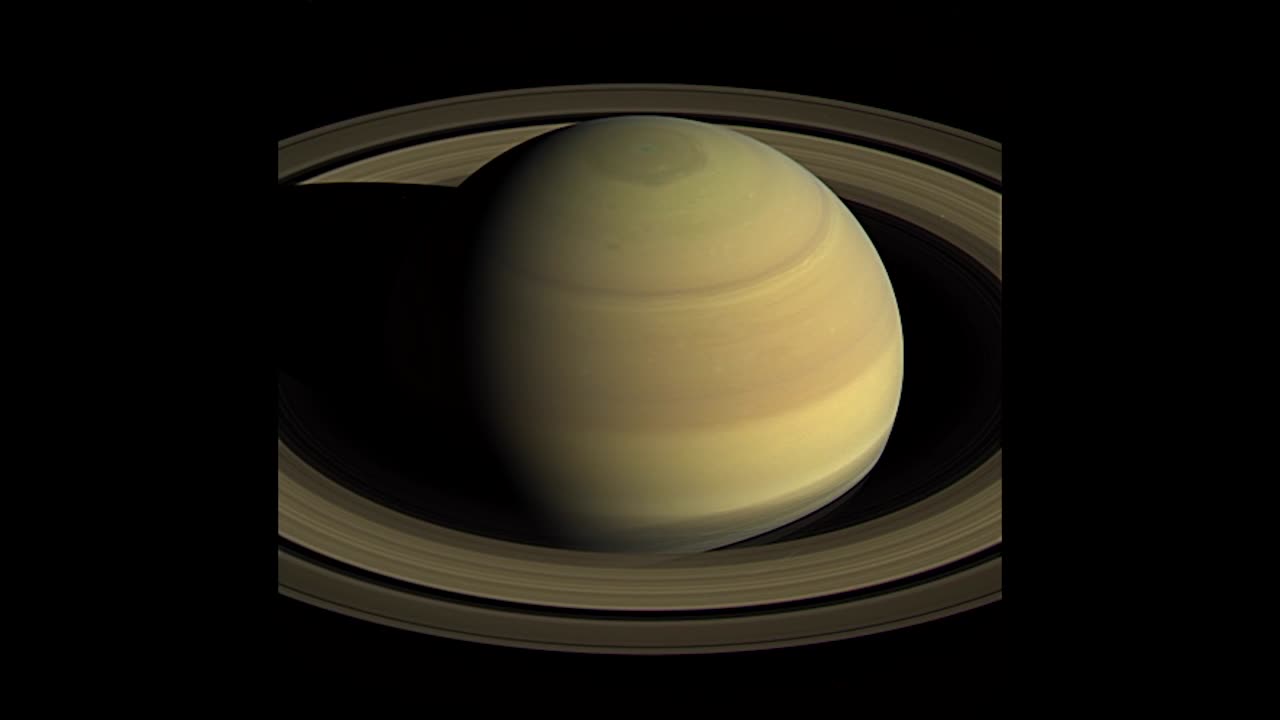Premium Only Content

Four Days at Saturn
https://rumble.com/v3szrm5-earth-expeditions-perfect-timing-for-coral.html
Appearance: Saturn is easily recognizable by its prominent and extensive ring system, which is composed of ice and debris particles ranging in size from dust grains to large boulders. The planet itself has a pale yellow hue and is characterized by its prominent equatorial bands and atmospheric storms.
Size and Composition: Saturn is a gas giant and has a diameter of about 120,536 kilometers (74,897 miles), making it the second-largest planet in the solar system after Jupiter. Its atmosphere is primarily composed of hydrogen and helium, with traces of other gases and compounds.
Rings of Saturn: Saturn's rings consist of countless icy particles, rock fragments, and dust, which orbit the planet in a thin, flat plane. These rings are divided into several main groups, designated by letters of the alphabet in the order of their discovery, with the broadest and brightest being the A and B rings.
Moons: Saturn has an extensive system of moons, with more than 80 confirmed natural satellites. The largest of these moons is Titan, which is larger than the planet Mercury and is known for its dense atmosphere and the presence of liquid methane lakes on its surface. Enceladus, another notable moon, is known for its subsurface ocean and geysers of water vapor erupting from its surface.
Find your favourite telescope on amazon.
1 - Telescopes
>> https://amzn.to/3FVEqqP
2 - Celestron Telescope
>> https://amzn.to/3QQRZOx
3 - Celestron 8Se
>> https://amzn.to/47vWjIK
-
 1:16:28
1:16:28
Kim Iversen
3 hours agoThere Was No COVID Virus! How We've All Been Duped By The Medical Establishment
75.4K63 -
 LIVE
LIVE
The Jimmy Dore Show
1 hour agoDems PRAISE Trump for Bombing Yemen! Trump Threatens Putin with Tariffs! w/ Jenin Younes
5,410 watching -
 UPCOMING
UPCOMING
Sarah Westall
1 hour agoCIA Disclosures: Ark of the Convenient, the Pyramid Code, Lay Lines & Earth’s Energy w/ Jason Shurka
531 -
 13:34
13:34
T-SPLY
3 hours agoCNN Is Now Accusing Trump Staff Of War Crimes
2692 -
 UPCOMING
UPCOMING
2 MIKES LIVE
3 hours ago2 MIKES LIVE #199 Deep Dive Monday!
82 -
 UPCOMING
UPCOMING
LFA TV
7 hours agoThe World Realigns Against America | TRUMPET DAILY 3.31.25 7PM
949 -
 1:42:08
1:42:08
Redacted News
3 hours agoThis is getting out of hand! Dems firebomb GOP headquarters
69.9K132 -
 1:26:10
1:26:10
vivafrei
5 hours agoMarie Le Pen DISQUALIFIED from Elections! It's a GLOBALIST WAR ON POPULISM! & MORE! Viva Frei
97.2K78 -
 26:20
26:20
Nick Shirley
4 hours ago $0.06 earnedInside Ireland’s Dangerous Migrant Crisis
2692 -
 52:55
52:55
Kimberly Guilfoyle
4 hours agoSpecial Investigation: “The Butcher of Pakistan” w/Eric Deters | Ep209
31.2K7